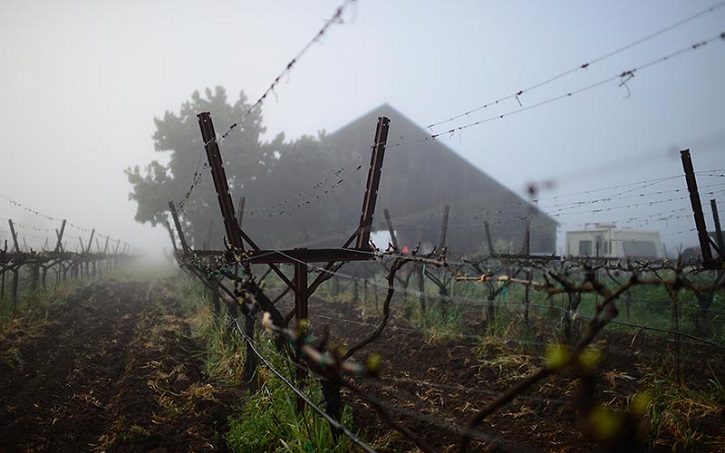
“I can’t think of a single example where sustainable practices don’t improve wine quality.”
So said viticulturist Steve Matthiasson, speaking at a recent joint Harpers-California Wine Institute seminar on sustainable wine in London. 
Steve believes that the wine industry is in a privileged position. Because consumers view wine as a luxury item, they are willing to pay for quality, enabling wine producers to invest even more in sustainability.
However, achieving wine sustainability is not always easy. Sustainability is a journey of continuous improvement and farmers need help to overcome obstacles along the way, from financial roadblocks to regulatory hurdles. Climate change also presents challenges, bringing heavier rains and stronger, drier winds than ever before.
These are just some of the ways Steve and his fellow wine producers are rising to the sustainability challenge:
Water conservation
California gets all its rainfall in the winter and wine growers are reliant on ground water in the summer. Something as simple as the direction in which the vineyard rows grow can affect the amount of water needed, and this should be considered when new vineyards are being planted. Steve also uses shade cloth as a way to protect his fruit from the heat, meaning that they need less water and produce better wine.
Soil conservation and health
With changing weather patterns, rains are heavier than ever, which can create soil runoff and lead to erosion. To nourish the soil and protect it, Steve plants filter strips or cover crops rather than leaving the soil bare in the dormant season. This is increasingly accepted as the ‘right way to do things’ both from a wine quality and sustainability point of view. Aerial views of the soil highlight where nutrients and focus are needed for optimal soil health.
Biodiversity
Steve’s aim is to design a system where the insects look after themselves, without unnecessary use of chemicals. Planting hedgerows that flower all year round encourages good bug habitat. Blue bird boxes help keep insects at bay the natural way, while owl boxes are used for rodent control.


